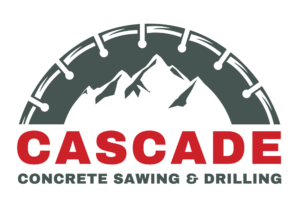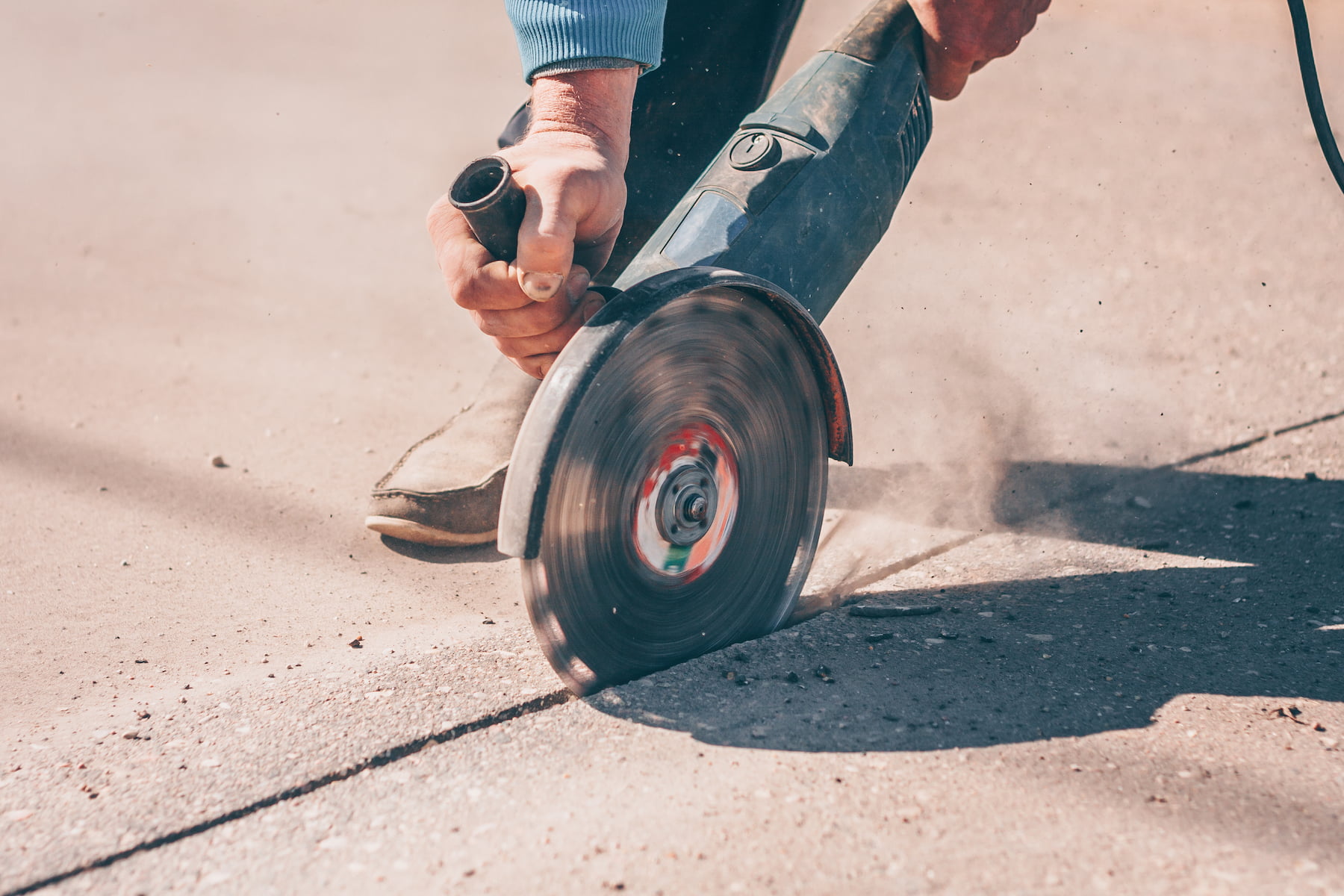From walkways to patios to foundation slabs, concrete gets the job done and is affordable to boot. Made from a mixture of cement, water, sand, and stone, gravel, or rocks, concrete is a durable, versatile material that stands the test of time.
But just like every other great work of art, execution and timing can quite literally make — or break — the results. Poorly cut concrete can lead to unsightly, random cracking on the surface. Read on to learn why, how and when to cut for the best results on your next concrete project.
Why Cut Concrete?
Since the concrete mix contains water, water naturally evaporates during the curing process, leading to shrinkage. And that shrinkage causes, you guessed it — cracks in your newly, beautifully poured concrete.
The bad news is that cracked concrete is unavoidable. But the great news is that you can control cracking with sound engineering to keep the surface of the concrete looking excellent over time.
During the concrete curing process and before the concrete has hardened, you can use a concrete saw to cut straight lines to create control joints. Control joints are planned cuts that help avoid uncontrolled cracking. They help to ensure that cracks happen beneath the surface of the concrete, keeping the concrete surface aesthetically pleasing.
How to Cut Concrete
Whether it’s a DIY project or you hire a professional, using the right type of saw for the job and wearing personal protective gear is essential. If you want to cut sooner, early-entry saw blades are available, although they do wear out about three times faster than diamond blades.
The joint spacing and depth depend on the concrete surface area and slab thickness; sometimes, extra cuts are added for design symmetry. A structural engineer can dial in the measurements to precision, but here are some general guidelines to keep in mind:
- The depth of the cut should be one-fourth to one-third of the concrete slab.
- Too shallow of cuts will not help avoid cracking.
- Too deep of cuts will prevent effective aggregate interlocking and sturdiness.
- Control joint spacing should be about 24 to 30 times that of the depth of the concrete.
- Marking where you’ll cut with chalk lines will help plan line spacing.
When to Cut Concrete
Timing concrete cutting is a delicate balance you want to get just right, like Goldilocks and her perfect porridge. Cut too soon and a concrete floor may not be able to hold the saw’s weight, or you risk raveling — when the saw blade pulls the aggregate particles out of position, causing jagged, weak edges that look ugly and unfinished.
Wait too long and the concrete is fully cured and has no give in the material, leading to random surface cracks.
A good rule of thumb is to cut concrete within the first 6 to 18 hours after pouring the concrete slab. However, if there is dry and hot weather, you may have a faster cure time, and cutting can be started around the four-hour mark. Once the concrete can support the weight and energy of the saw without raveling, you’re good to go. A trial cut on a test area can help you know if the concrete is cured enough — if the test changes the texture of the concrete’s surface, it needs longer to cure.
So, when is it too late to cut concrete? All things considered, after the 24-hour mark, you’ve lost your chance to cut effective concrete control joints. The concrete will have cured, and attempts will likely lead to unwanted cracks, making the control joints ineffective in preventing crack formation.
Concrete Cutting Experts
Although control joints are intended to help prevent unwanted cracks on the concrete’s surface, cutting too soon or too late, with the wrong tools, or at the wrong depth can lead to more unwanted cracks.
And since aggregate mix, type of saw, temperature, and weather conditions all impact the best timing for saw cutting, having an expert do the work can help ensure control joints are sawed at the perfect time for the best results to keep the surface of your concrete crack-free and looking great.
At Cascade Concrete Sawing & Drilling, we are a cut above the rest, serving Washington State since 1980. From residential to commercial and projects big and small, we’re ready to help get you started with a free estimate. Contact us today!



